
Students study at the microchip and high-frequency system laboratory (Ho Chi Minh City National University) - Photo: Thien Thong
According to Mr. Andrea Coppola, to improve the value chain of industries and technology, human resources with university degrees, specialized skills and STEM degrees are required.
Need a lot of manpower
The World Bank representative commented that the Vietnamese Government has developed a rather ambitious plan regarding human resource development for the semiconductor and high-tech industries. This policy opens up a new path in training high-tech human resources, meeting the ambitious goals for Vietnam's semiconductor industry.
“The positive commitment and ambitious goals to achieve this are encouraging for international investors as well as semiconductor companies. In this context, it is important that human resource development is demand-driven and linked to current and future skills needs,” Dr. Andrea Coppola emphasized.
However, according to the World Bank's assessment, Vietnam's current supply of highly specialized human resources is still very limited, not enough to meet the needs of technology industries and lacking chip design engineers.
The high-tech industry requires a higher proportion of college-educated workers trained in STEM (science, technology, engineering, mathematics) fields, possibly twice as many as other occupations.
The importance of being able to move up the global value chain through higher education and post-graduate education, as well as specialized STEM-related skills. “The high-tech industry requires a workforce with university degrees and training in STEM fields,” added Andrea.
In particular, with higher education, the proportion of people with university/college degrees is twice as high as the average of the economy (23.4% and 13%). In STEM fields, the number of workers with STEM degrees is 3-4 times higher than the average (17.1% and 5.6%)".
Expand training, increase research investment
International experts see Vietnam’s goal from now on as shifting from low-value-added assembly to high-value-added jobs. The demand for highly skilled human resources is growing so strongly that it needs to find ways to meet it.
When training 30,000 high-tech human resources engineers, 15,000 of whom are chip design engineers, there will be many challenges to solve when developing Vietnam's semiconductor design human resources.
This new industrial ecosystem in Vietnam is still in its infancy compared to other countries and focuses too much on traditional assembly, packaging, and testing. This will impact the demand for human resources that can design chips in the short term.
In particular, the supply-side barrier to increasing the supply of good chip design talent is long-term and expensive training: 90% have a 5-year engineering degree and/or master's degree, 10% have a PhD, with regular skill upgrading...
Dr. Andrea Coppola recommended solutions including commitment to supply from higher education institutions, increased investment in research and development, and expansion of training in STEM fields, in which the State plays a leading role.
Accordingly, the priorities for skills development to support upgrading in global value chains are to first build a strong supply of highly qualified scientists and engineers. A sustained and long-term commitment is needed because building this human resource requires a stable and significant supply of higher education, postgraduate education and practical training. At the same time, the supply needs to be expanded and the cost issue needs to be addressed.
It is necessary to ensure investment in higher education, addressing the issue of affordability for learners, making it affordable. It is necessary to increase community support to encourage retraining and upskilling programs for workers...
Changing workforce structure
Furthermore, shifting jobs to higher-value activities requires a change in the composition of the workforce, according to Dr. Andrea Coppola. Even in high-tech industries, about 75% of low-skilled workers with non-STEM secondary education and below are employed in low-value-added manufacturing activities.
Source: https://tuoitre.vn/chuyen-gia-ngan-hang-the-gioi-nganh-cong-nghe-cao-can-nhieu-nhan-luc-stem-20241001085917907.htm









![[Photo] General Secretary To Lam attends the 80th Anniversary of the Cultural Sector's Traditional Day](https://vstatic.vietnam.vn/vietnam/resource/IMAGE/2025/8/23/7a88e6b58502490aa153adf8f0eec2b2)


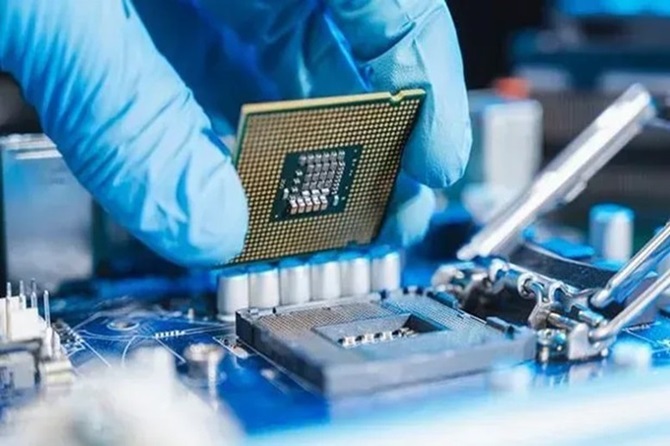

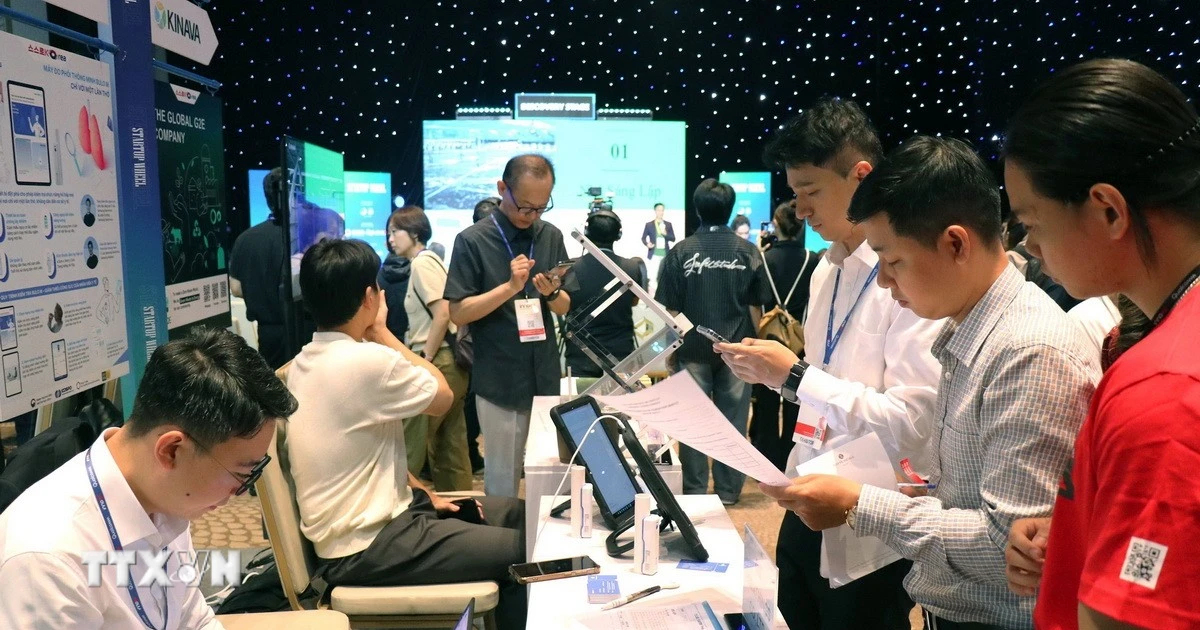





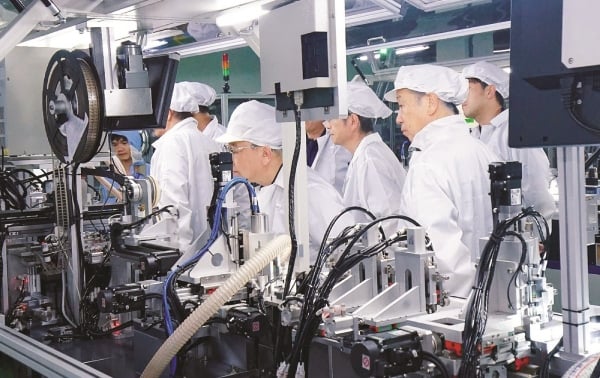
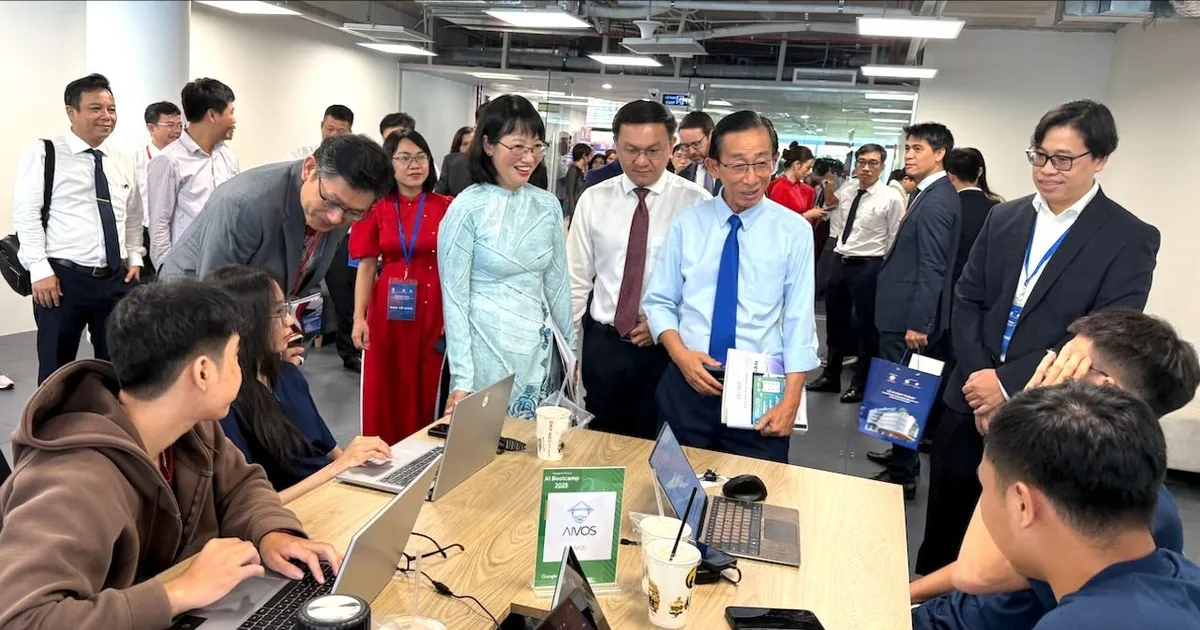

























































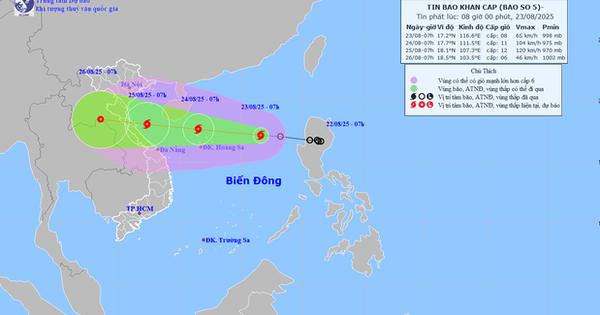





























Comment (0)